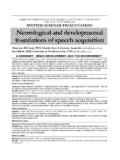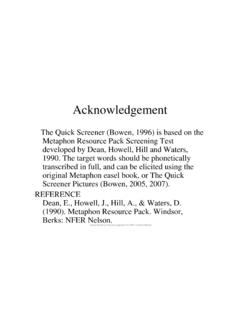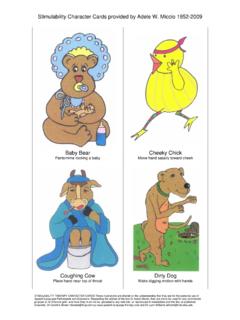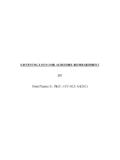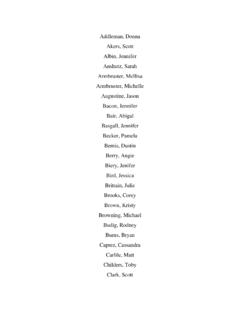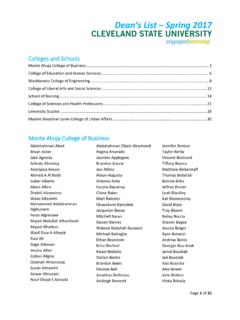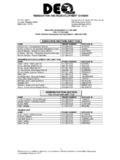Transcription of High Frequency /s/ SIWI and /s/ SFWF Words
1 high Frequency /s/ SIWI and /s/ SFWF Words Copyright 2012 Caroline Bowen cell cent city said same sat saw say high Frequency /s/ SIWI and /s/ SFWF Words Copyright 2012 Caroline Bowen scene seam season second six seven high Frequency /s/ SIWI and /s/ SFWF Words Copyright 2012 Caroline Bowen small son sort sound south summer high Frequency /s/ SIWI and /s/ SFWF Words Copyright 2012 Caroline Bowen audience case class close face
2 Force high Frequency /s/ SIWI and /s/ SFWF Words Copyright 2012 Caroline Bowen house less Miss office peace place high Frequency /s/ SIWI and /s/ SFWF Words Copyright 2012 Caroline Bowen police press price race science six high Frequency /s/ SIWI and /s/ SFWF Words Copyright 2012 Caroline Bowen space us voice yes Word Frequency high Frequency Words ( , come, go, good, look, one) occur often.
3 That is, they are said and heard more frequently than low Frequency , unusual Words . high Frequency Words are recognised faster by children than low Frequency Words . Neighbourhood Density high neighbourhood density Words are phonetically similar to many other Words and have 11 or more neighbours. The Words in a neighbourhood are based on one sound substitution ( , sat to pat or sat to sit), one sound deletion ( , sat to at) or one sound addition ( , sat to scat). Children recognise and repeat high neighbourhood density Words slower and less accurately than low-density Words which have 10 or fewer neighbours. Also, children name high -density Words more accurately than low-density Words .
4 This suggests that lexical processing in children entails a high -density disadvantage in recognition and a high -density advantage in production (Storkel, Armbruster & Hogan, 2006). So, in choosing treatment Words , consider using Words that are either high Frequency or have low neighbourhood density (Storkel & Morrissette, 2002). Calculating word Frequency Mitchell S Sommers' Neighborhood Activation Model Database can be used to calculate word Frequency . For example, if you wanted to know whether 'us' is a high Frequency word you would go to the 'item search', enter 'us' and select 'phonological' and ' Frequency , and click 'search'. The result will be that 'us has a Frequency score of 672, indicating that it is a high Frequency word.
5 If you choose a less familiar word you can compare it with the score for 'us'. For example 'pluck' has a score of 2, 'pig' scores 8, 'dense' scores 9, 'trust' scores 52. Running a range of SIWI and SFWF /s/ Words through this procedure resulted in the high Frequency /s/ Words above.
